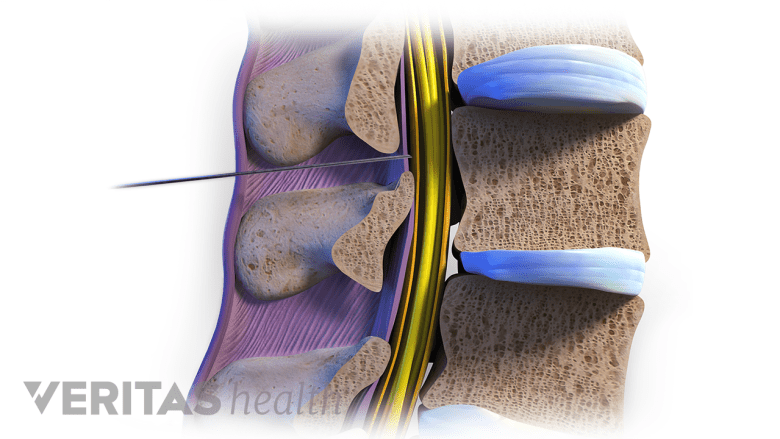Most cases of spinal stenosis can be treated with a combination of nonsurgical treatments, such as physical therapy, pain medication, activity modification, and/or epidural injections. When severe pain and/or neurological deficits continue to worsen despite nonsurgical treatments, surgery may be considered.
In This Article:
Physical Therapy
A suitable program of physical therapy and exercise is a component of almost every spinal stenosis treatment process. While the spinal stenosis exercises are not a cure, it is important for patients to remain active as tolerated and not become additionally debilitated from inactivity.
The treating physician may prescribe a supervised physical therapy program. After a period of physical therapy instruction, most people can then transition to their own exercise program. The key is to start slowly, and build strength and tolerance over time.
Activity Modification
It is advisable to avoid activities that worsen spinal stenosis symptoms. For lumbar stenosis, patients are typically more comfortable while flexed forward. For example, a recommended activity modification might include:
- Walking while bent over and leaning on a walker or shopping cart instead of walking upright.
- Stationary biking (leaning forward on the handlebars) instead of walking for exercise.
- Sitting in a recliner instead of on a straight-back chair.
Some people may feel relief by wearing a neck brace or back brace, which can help prevent the spine from moving in a painful way. Although, wearing a brace is typically only recommended for short periods of time to avoid further deconditioning of the muscles, which could lead to less spinal support and more pain.
Medications

NSAID's help relieve pain from stenosis by reducing muscle and/or nerve inflammation.
Common medications used to help alleviate spinal stenosis pain include:
- Acetaminophen (Tylenol) works via the central nervous system (brain and spinal cord) to help relieve pain. It is available over-the-counter or in prescription strength.
- Nonsteroidal anti-inflammatory drugs (NSAIDs) help to reduce inflammation and pain. Examples of NSAIDs include aspirin, ibuprofen, naproxen, and celecoxib. NSAIDs are available over-the-counter or via prescription.
With careful use, a short-term course of opioid medication may be helpful for severe episodes of nerve-related pain. Some physicians may also prescribe muscle relaxers and nerve desensitizing medications, such as gabapentin.
Side effects from medications are always a concern. As a precaution, it is essential for patients to make sure their physician and pharmacist are aware of all their medications and medication allergies. When taking any medication, whether it is over-the-counter or prescription, read and follow the warning label carefully.
See Medications for Back Pain and Neck Pain
Epidural Steroid Injections

Epidural steroids help control inflammation around the spinal nerve roots.
Using x-ray guidance (fluoroscopy) and contrast dye, a needle is carefully placed into the spinal canal so a corticosteroid can be injected into the epidural space. An epidural steroid injection’s goal is to reduce inflammation of the nerve root and/or spinal cord.
While the pain relief provided by an epidural steroid injection is usually temporary, it may provide a window of opportunity to continue with exercises and stretches as part of a physical therapy program.
Epidural injections do not always provide relief, and there have been rare cases of serious side effects. It is important to discuss the potential risks and benefits of epidural injections with a medical professional.
Spinal stenosis typically responds well to nonsurgical treatments. For others, signs and symptoms may become disabling and surgery may need to be considered.

